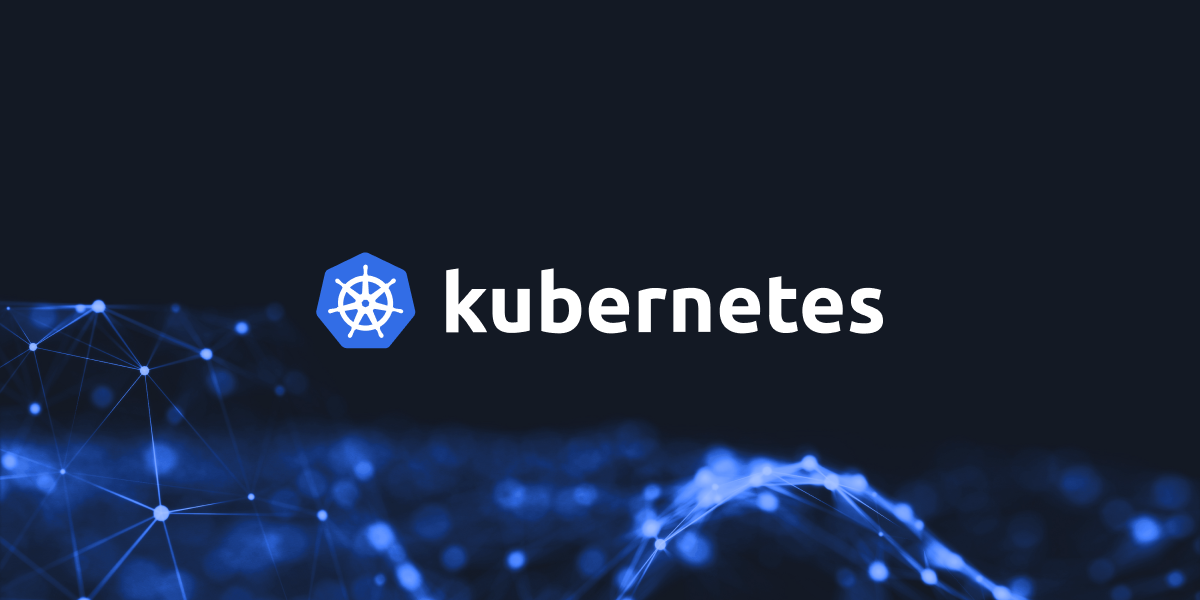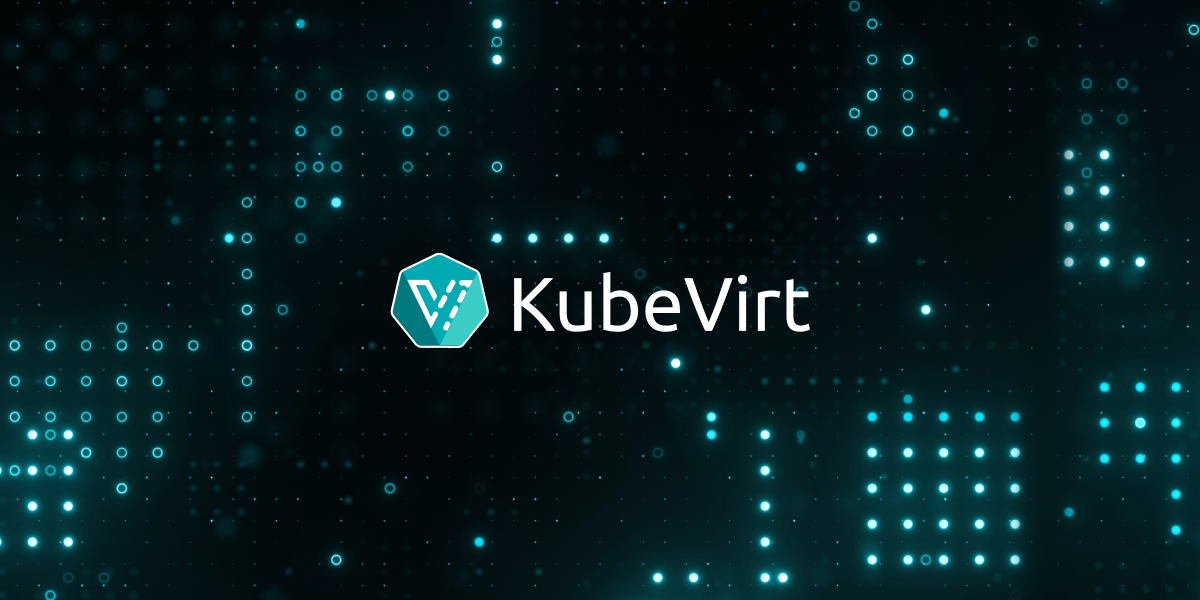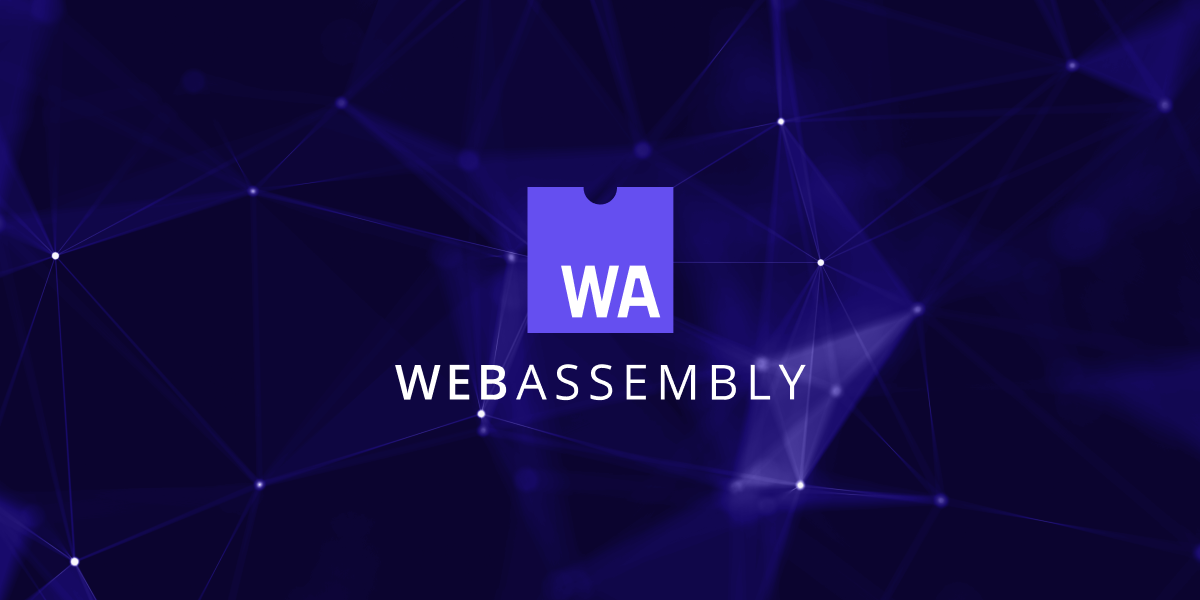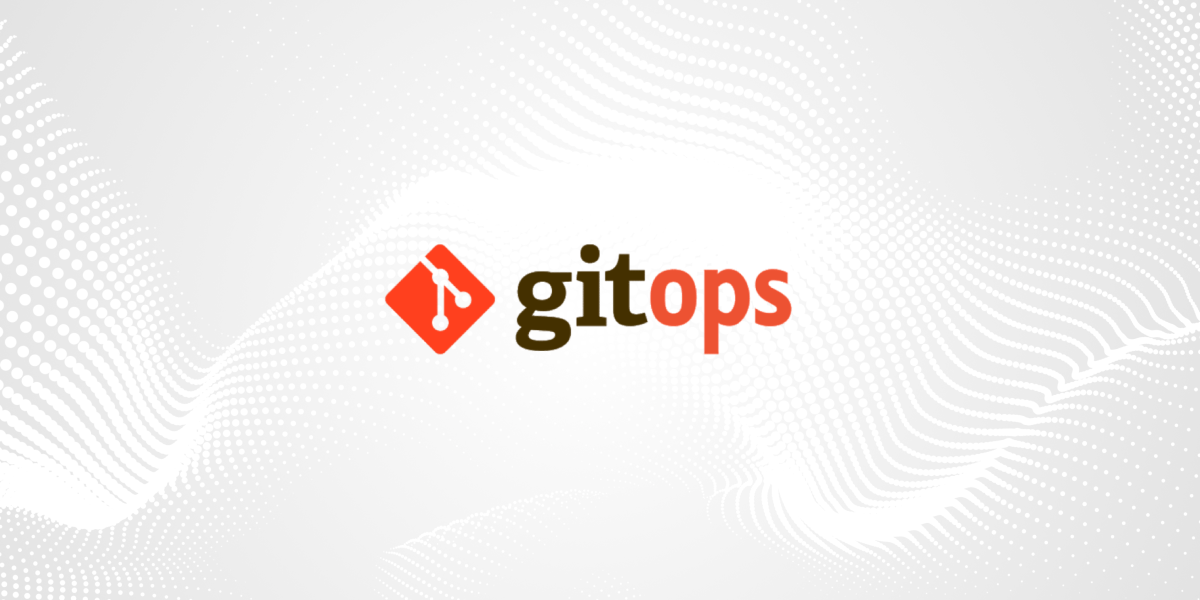Cloud computing and systems are evolving every day as new native cloud applications, tools, technologies, and techniques emerge. Companies have to continue integrating modern features into their projects if they want to keep up with competitors.
In this article, we’ll be talking about the top cloud computing trends in 2022 and why cloud is the future.
New Kubernetes distributions

Cloud infrastructures widely use various Kubernetes distributions, both commercial and open source. However, most distributions are available to developers only through cloud service providers, not as a direct option. Using these tools, companies can provide users with hybrid managed services.
While the cloud ecosystem is brimming with various Kubernetes distributions, new, higher-performance solutions are expected to emerge. In 2022, Google and Microsoft have been actively working on open-source distributions such as GKE and AKS. These are production-level environments to complete the same tasks as managed services. Backed by these distributions, clients can easily migrate to cloud and hybrid managed services.
Optimized Kubernetes distributions designed for the IoT and AI are dynamically developing too.
Kubevirt as a DevOps trend

Kubevirt, an open source tool that enables Kubernetes to manage virtual machines, is gaining traction. Running containers and virtual machines simultaneously enables you to integrate legacy workloads and modern apps faster.
Besides, DevOps enjoys simpler processes with both workloads. KubeVirt has turned into an indispensable tool for Google Anthos, Rancher’s Harvester, Red Hat OpenShift Virtualization, and Platform9 Managed Kubernetes.
In the future, Kubevirt will integrate with Kubernetes more deeply, while virtual machines will play a paramount role in developing cloud solutions, including cloud native application development.
WebAssembly as a new standard

WebAssembly (WASM) has been one of the key trends of 2022. This low-level programming language lets you innovate, develop high-speed apps, and make them cross-platform. WASM delivers safe, simple, efficient, and easy-to-debug code. The W3C community group developed all WASM standards.
The WasmCloud, KubeEdge, WasmEdge, and Krustlet projects have made WASM a perfect tool for your cloud infrastructure: WebAssembly apps run as containerized software. This way, Kubernetes can easily manage both workloads from a single hub.
Cloud security

Every day, open source projects and commercial services increasingly focus on cloud security. In 2022, software supply chains and eBPF systems have received special attention.
Supply chains are composed of building and integrating extra components that are then made publicly available as open source projects. If a piece of software gets hacked, this can significantly affect app deployment.
For that reason, companies have launched new projects, initiatives, and even cybersecurity startups for software supply chains in 2022.
eBPF is another trend that lets cloud developers create secure networks and surveillance components. This tool is expected to lay the foundation for making the cloud and networks more secure.
GitOps for continuous deployment

GitOps is an operational framework that brings the best of DevOps to app development. It comes with these features:
- Collaboration
- Version control
- Compliance check
- CI/CD tools
- Automated infrastructure
You can use options such as ArgoCD, Google Anthos Config Management, Rancher Fleet, and Flux CD to implement GitOps.
In 2022, this environment supports multi-cluster and multi-tenancy deployments. GitOps makes it easier to handle multiple Kubernetes clusters in hybrid environments or at the edge.
Experts expect GitOps to become the best continuous deployment practice.
The key cloud computing trends in 2022 encompass new Kubernetes distributions, more focus on cloud security, and thriving virtual machines as an integral part of DevOps. Developers are also adopting new standards for GitOps and WASM solutions.


